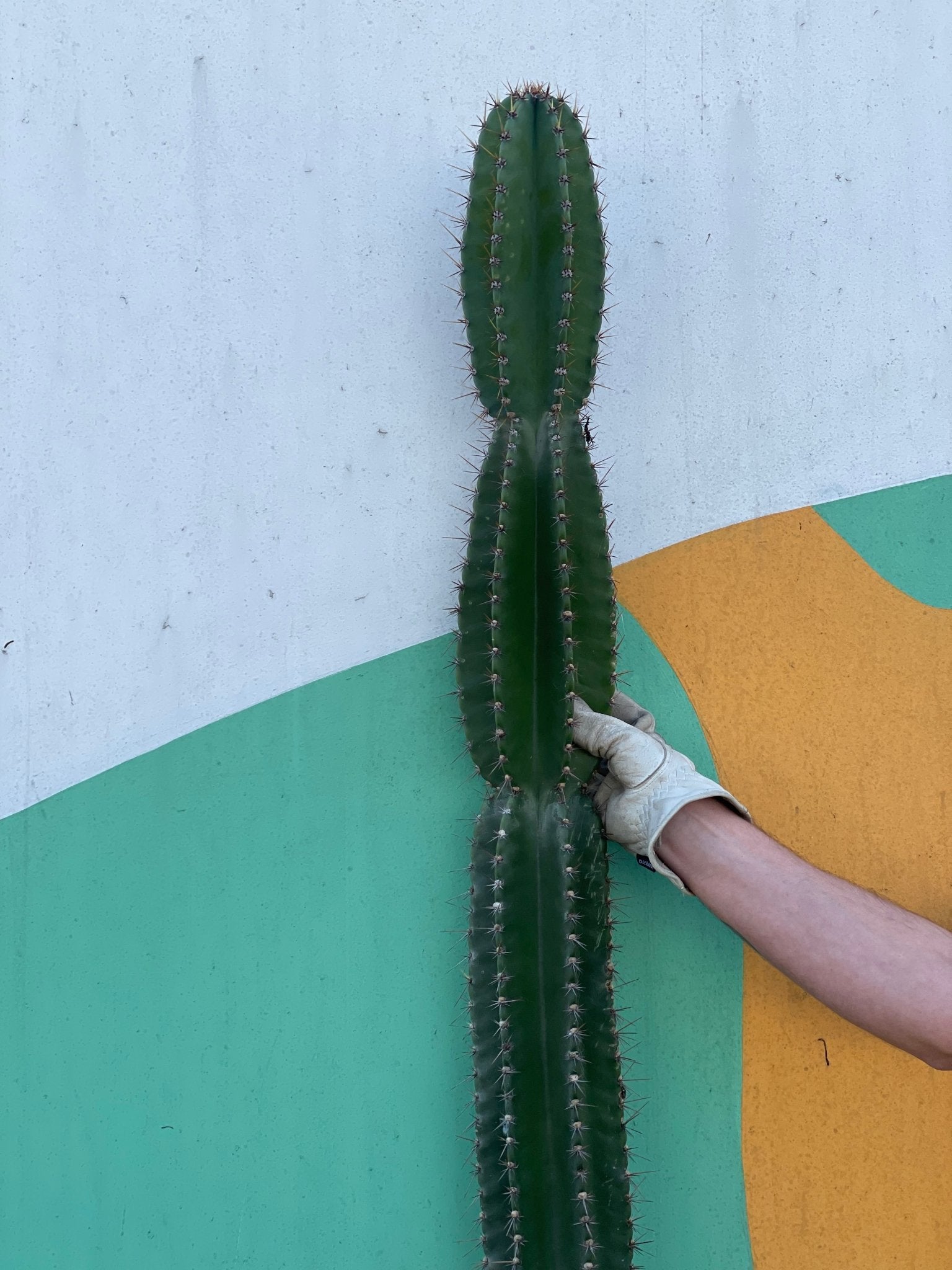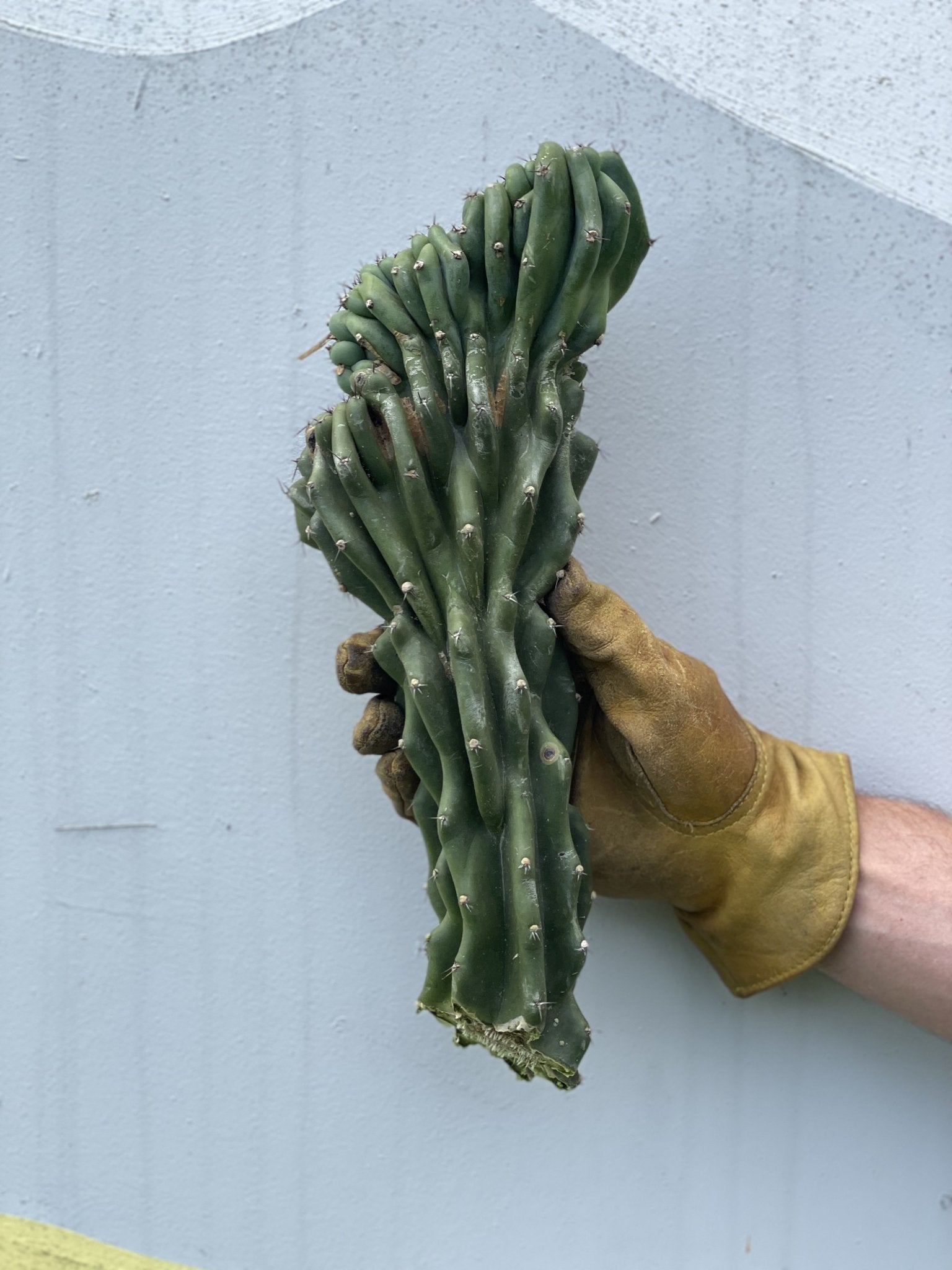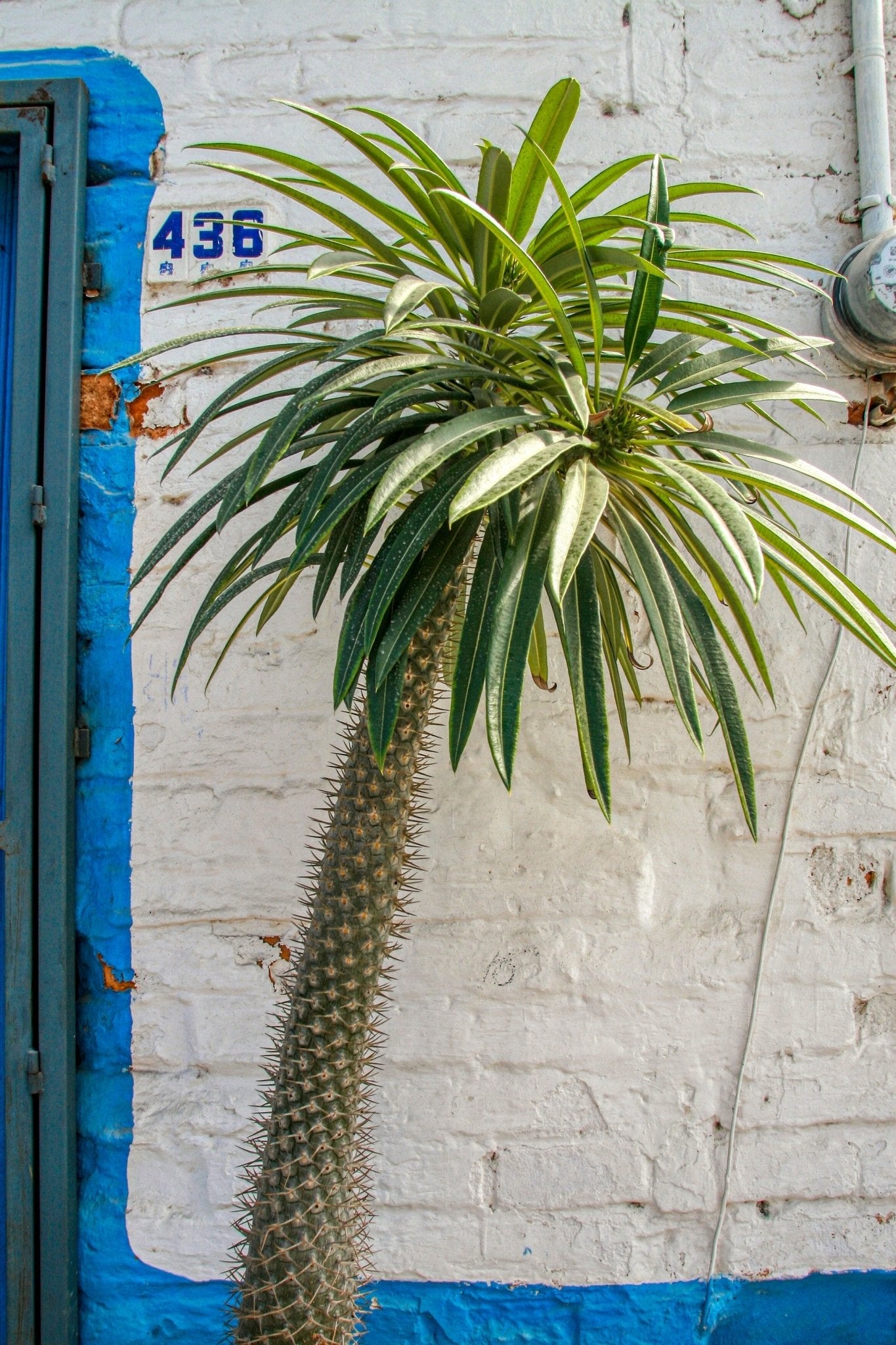Tropical, majestic, and often emblematic of paradisiacal landscapes, palm trees are usually what we picture when we think of sunny, coastal regions. However, the Madagascar Palm stands out in this family – not just because of its origin, but also due to its unique characteristics that set it apart from the typical palm. Let’s dive into understanding this intriguing plant and learn how to best care for it.
What Makes the Madagascar Palm Different?
First things first: despite its name, the Madagascar Palm (Pachypodium lamerei) isn't technically a palm. This common misnomer can be misleading. In reality, it's more closely related to the cactus family. Native to the island of Madagascar off the southeastern coast of Africa, this plant is an evergreen succulent shrub with a spiny trunk.
A few distinct features of the Madagascar Palm include:
- Appearance: The Madagascar Palm has a thick, grey trunk covered in protective spines. The trunk serves as a water reservoir, similar to cacti, allowing the plant to thrive in dry conditions. Atop this trunk is a beautiful crown of shiny, dark green leaves, making it a visually appealing addition to any plant collection.
- Flowering: Unlike most palms, the Madagascar Palm produces beautiful, fragrant white flowers. These blooms usually appear in the summer months when the plant is mature and can add a touch of exotic beauty to gardens.
- Adaptability: Given its origin, the Madagascar Palm is adapted to a semi-arid environment. While it enjoys sunlight, it also appreciates some afternoon shade in extremely hot climates.
Proper Care for the Madagascar Palm
If you want to keep your Madagascar Palm healthy and thriving, consider the following tips and care guidelines:
- Lighting: The Madagascar Palm loves sunlight. Aim to give it around 6 to 8 hours of direct sunlight daily. If you’re growing it indoors, placing it by a south-facing window is ideal. For those in intensely hot climates, some afternoon shade is beneficial.
- Watering: Remember, this is a succulent! It's used to drier conditions, so overwatering is a common mistake. Water thoroughly, but infrequently. The soil should be allowed to dry out between watering sessions. In the winter, when the plant is dormant, reduce watering even more.
- Soil: Drainage is crucial for the Madagascar Palm. A cactus or succulent potting mix will work best. If you're mixing your own soil, ensure it's sandy and drains well. When potted this plant should be in containers with drainage holes to avoid root rot.
- Temperature: This plant prefers warmer temperatures, ideally between 70°F and 90°F (21°C - 32°C). If you're growing it outside, be sure to bring it indoors if the temperature drops below 50°F (10°C).
- Fertilizing: During its growing season (spring and summer), you can feed the Madagascar Palm with a balanced, water-soluble fertilizer every 2-4 weeks. Ensure the fertilizer is diluted to half the recommended strength to avoid overwhelming the plant.
- Pruning: Pruning isn't strictly necessary but can help maintain its shape and size. If the plant becomes leggy or if there are any dead leaves or branches, you can prune them off.
Understanding and respecting its unique needs is the key to nurturing a Madagascar Palm. Whether you're a seasoned gardener or just starting, adding this exotic beauty to your collection can be a joy. With its striking appearance and resilience, it's no wonder that this beautiful succulent has found its way into gardens and homes across the world.
The Challenges and Benefits of Growing a Madagascar Palm
As with any plant, the Madagascar Palm comes with its challenges, but the benefits of nurturing this unique species far outweigh them.
Challenges:
- Pest Control: Like many succulents, the Madagascar Palm can be susceptible to pests like mealybugs and spider mites. Regularly inspecting your plant and keeping it clean will help prevent infestations. If you notice any pests, remove them with a soft cloth or use insecticidal soap.
- Slow Growth: This plant is not for the impatient gardener. While the Madagascar Palm has a reputation for slow growth, this allows many gardeners to truly appreciate each stage of its development.
- Handling: Given its spiky exterior, you'll want to be careful when handling or repotting the Madagascar Palm. Using gloves and taking care when maneuvering the plant will help avoid any prickly encounters.
Benefits:
- Drought Tolerance: Its natural adaptability to semi-arid conditions means that it doesn't need constant attention. If you occasionally forget to water it, the Madagascar Palm is forgiving.
- Architectural Appeal: With its tall, spiky trunk topped with a crown of luscious leaves, this plant is a statement piece. It can be a conversation starter and add an exotic touch to gardens or indoor spaces.
- Air Purification: Like many plants, the Madagascar Palm plays a role in improving indoor air quality by absorbing pollutants.
Final Thoughts
The Madagascar Palm offers beauty, resilience, and a touch of the exotic to both novice and seasoned gardeners. By understanding its unique needs and providing the right care, you can enjoy this stunning plant for many years. Also, as global citizens, it reminds us of the importance of preserving biodiversity and the rich tapestry of life that our world offers. Happy gardening!












1 comment
I have one that I inherited. I got it in 1993. So I’ve had it 32 years.
Leave a comment